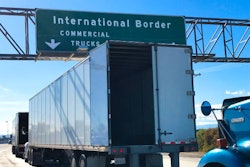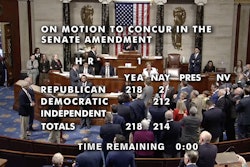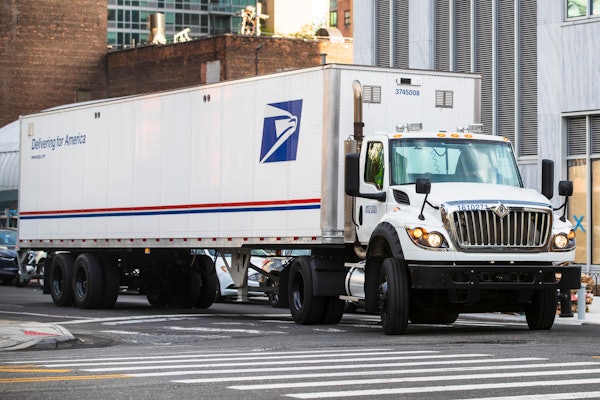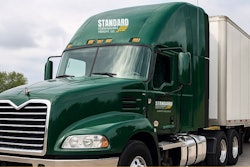Truck transportation jobs showed continued weakness, dipping slightly in June, but remained largely unaffected compared to a year ago, with an increase of only 0.17%.
The latest data from the Bureau of Labor and Statistics showed the sector lost 2,700 jobs in June, and previous estimates for April and May were revised downward by a combined 2,700 jobs (1,000 in April and 1,700 in May).
The unemployment rate fell from 4.2% to 4.1%.
For the transportation sector, the unemployment rate also fell, dropping 0.3 percentage points to 4.5%. While still above pre-pandemic levels (2.8% in December 2019 and 4.1% in June 2019), it’s a marked improvement from the pandemic-era peak of 15.7% seen in 2020. Unemployment in transportation and material-moving jobs fell by 0.8 percentage points to 5.9%.
Arrive Logistics Vice President of Market Intelligence David Spencer noted that an overarching concern in freight remains, asking, “How long will demand weakness enable low spot rates to wear on truckload carriers that have been battling poor trucking conditions for more than three years now?”
Spencer pointed out this pattern is weighing heavily on carrier operations and is clearly influencing investment decisions, such as equipment purchasing behavior.
“Carriers are holding off on investing in new assets, which will lead to additional downward pressure on trucking employment as the year goes on,” Spencer said.
FTR Transportation Intelligence noted a decline in Class 8 truck orders in June, 25% month-over-month and 36% down year-over-year, while ACT Research estimated that Class 8 orders dropped 36%.
Dan Moyer, senior analyst, commercial vehicles, at FTR, said market uncertainty, fueled by the potential implementation of Section 232 tariffs on Class 8 trucks and its components and anticipated revisions to EPA 2027 Nox emissions standards, has driven fleets to delay equipment purchases.
“Carriers will do everything they can to retain quality drivers but equipment reductions alone could lead to some future reductions in employment to the driver population,” Spencer said.
Workforce insights
A new analysis from truck driving technology platform Tenstreet highlighted that fast response times and streamlined hiring processes are essential for carriers looking to attract and hire truck drivers.
Analyzing data from its database of thousands of carriers and more than 1.5 million drivers, Tenstreet’s report emphasized speed-to-contact, the time it takes to respond to a driver’s application, and overall hiring cycle length have a direct impact on hiring success.
The report also indicated that carriers that respond to driver applications within five minutes have a hiring rate of 6.2%, nearly double the platform average of 3.7%.
It also saw that extending the hiring process beyond the average 10 to 15 days can reduce hiring rates by as much as 50%.
Delays in the process, whether caused by the carrier or the applicant, consistently lead to lower hiring rates.
“That’s why we encourage clients to take a moment to experience their own application process, even if it involves going to a truck stop with spotty service,” said Tenstreet CEO Tim Crawford. “A faster, easier experience means more hires and less wasted spend.”
Despite a year-over-year decline in the number of driver lead applications (which show initial interest), the report noted that applicants are showing a stronger commitment to the process. Comparing application trends from April 2024 to April 2025, the report found a shift in driver preference toward larger fleets (over 50 trucks) and private fleets.













